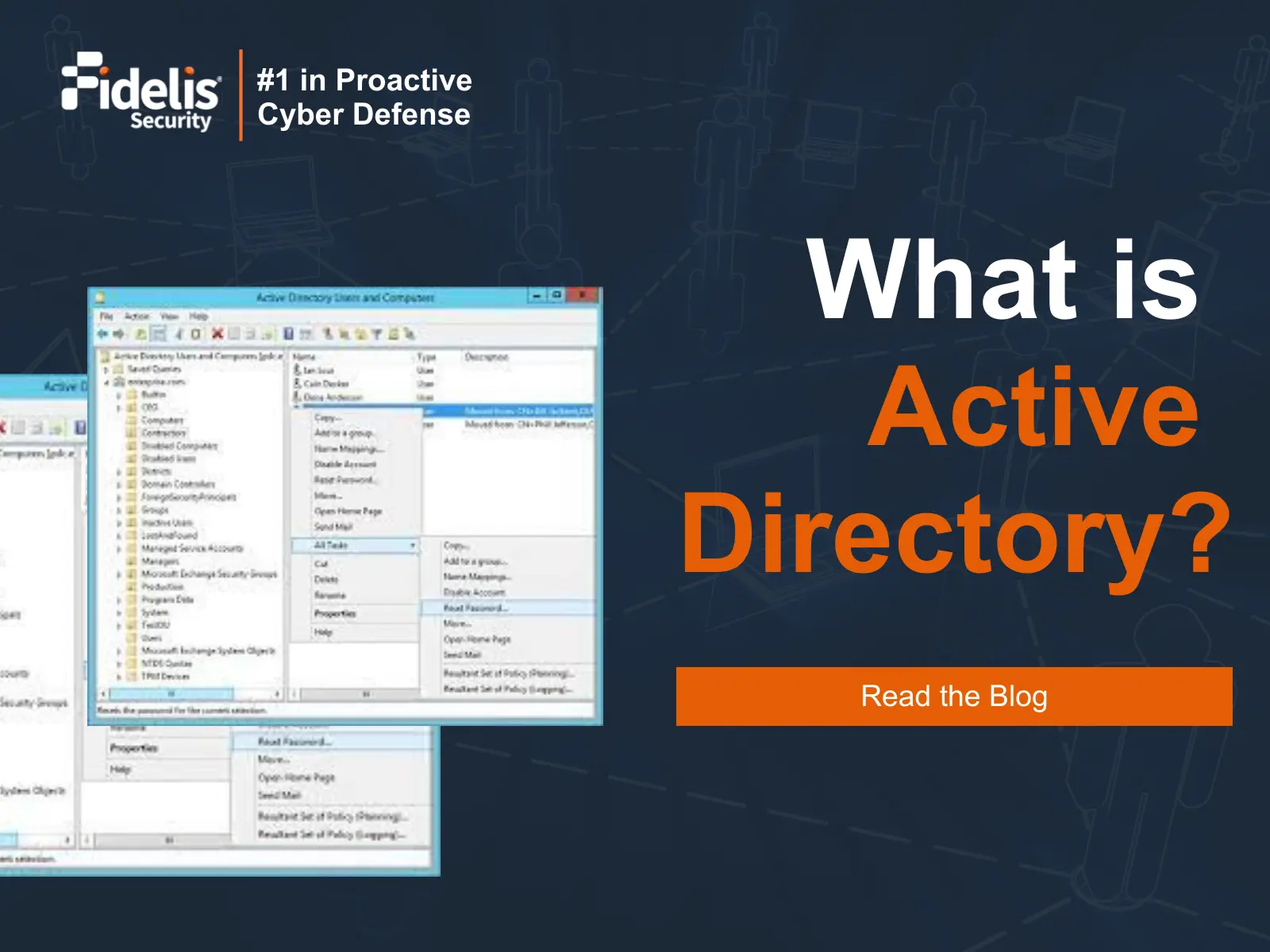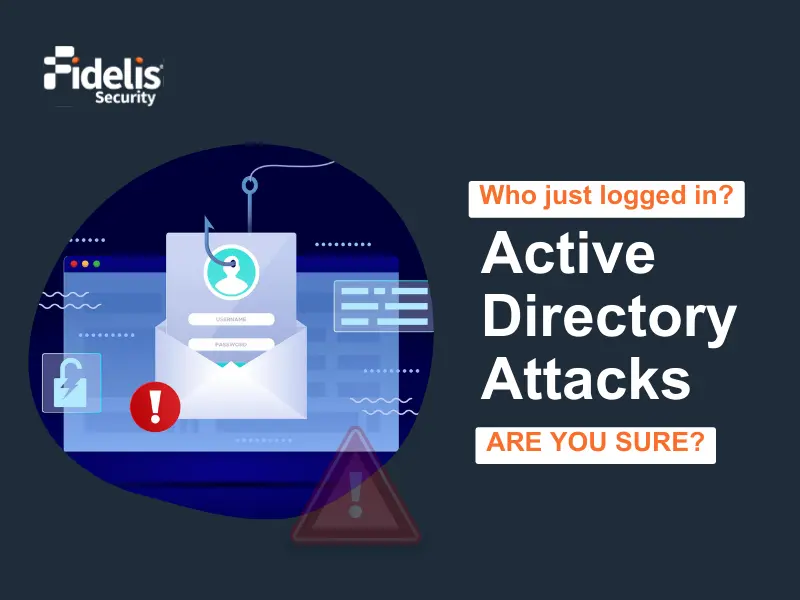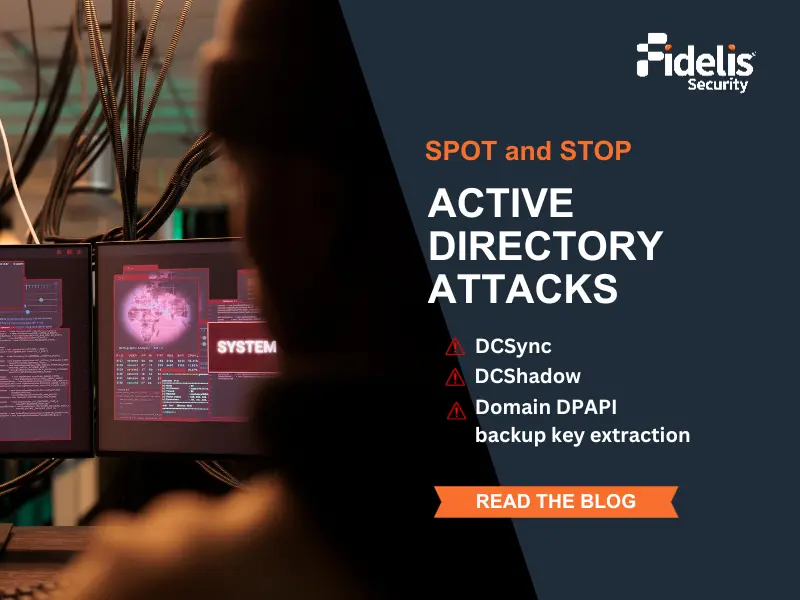Imagine your entire organization grinding to a halt. No logins, no access to resources, and critical services down. This is the harsh reality of an Active Directory (AD) outage. As a vital component of Windows networks, a healthy AD is essential for user and device authentication, authorization, and access control. When AD crashes, your network becomes unusable. Recovering quickly and efficiently is critical for minimizing downtime and business disruption.
A study by the Ponemon Institute found that the average cost of a data breach in 2023 was a staggering $4.35 million, highlighting the importance of swift recovery from IT outages.
Unfortunately, many organizations fall victim to common pitfalls during AD forest recovery, extending downtime and worsening the situation. Let’s explore the top 5 mistakes to avoid and best practices to ensure a smooth AD disaster recovery. But first, let’s understand Active Directory Forests.
What is a Forest in Active Directory?
Within the Active Directory (AD) hierarchy, the forest represents the highest organizational unit. It can encompass numerous AD trees, which are further divided into domains. Understanding this hierarchical structure is important for effective forest recovery strategies.

We can visualize an AD forest as a collection of trees. Each of the tree groups domains share a contiguous namespace and a two-way trust relationship. These domains can be arranged depending on a variety of criteria, such as geographical location, business unit, or other logical groups.
Understanding this hierarchical structure is essential for planning and carrying out a successful forest recovery. Identifying how domains inside a tree relate to one another, as well as how trees within a forest interact, allows for prioritized recovery efforts and less disruption to important services. This knowledge ensures that trust relationships are restored efficiently and that the AD environment remains intact during a catastrophe recovery scenario.
The 5 Most Common AD Forest Recovery Mistakes
Inadequate Backups
Without recent, reliable backups, it is nearly impossible to restore your directory to full functionality. Implement a strong AD backup strategy with tools like Microsoft’s built-in NTDSUTIL utility or third-party solutions like Recovery Manager for Active Directory.
Regularly test your backups to make sure they work as expected. Check that you can successfully restore individual objects, entire domains, and the forest itself. Backups are useless if they are corrupted or cannot be restored when needed.
Misunderstanding the Recycle Bin
The AD Recycle Bin, while beneficial for retrieving accidentally deleted objects within a short period of time, is not an alternative for a full AD backup. It has a limited retention period, with purged objects permanently lost after 30 days by default. Relying primarily on it increases the risk of data loss during a disaster.
The Recycle Bin only recovers deleted objects, not modified attributes. It also doesn’t include all object types, such as organizational units (OUs) and group policies. Know the Recycle Bin’s limitations and use it as a complement to, not a replacement for, enterprise-grade backups.
Manual Restore Missteps
Manually restoring individual objects from backups is time-consuming and error prone. In a crisis, every minute matters. To speed the recovery process, use your backup solutions’ built-in restoration functionality or automation scripts.
Manually recovering objects might result in inconsistencies, particularly when working with complicated dependencies between objects. Automating the process provides consistent, reliable recovery while saving up crucial time for other important tasks.
Overlooking Forest Recovery Complexity
Restoring a single domain controller (DC) is rather simple. However, restoring an entire forest – encompassing multiple trees and domains – requires meticulous planning and execution. Ensure that you understand the intricate forest replication mechanisms and have a documented forest recovery plan in place.
Consider domain and forest functional levels, global catalog servers, FSMO role holders, and inter-domain trusts. Failure to account for these complexities can lead to a failed recovery or establish inconsistencies that will take long to fix.
Overreliance on External Support
While getting help from Microsoft support teams such as DART (Deployment Assistance Response Team) can be beneficial, it should not be your primary recovery plan. These resources are often stretched thin and may not be immediately available during a critical event. Develop your internal recovery capabilities and test them regularly.
Relying heavily on external support can slow recovery efforts, especially if the support team lacks understanding of your specific AD environment. Create a knowledgeable in-house team capable of handling most recovery scenarios on their own, with external assistance reserved for challenging or unexpected cases.
Best Practices for Effective Forest Recovery
To avoid these common mistakes and ensure a smooth AD forest recovery, follow these best practices:
Embrace the 3-2-1 Backup Rule
Maintain at least three copies of your AD data on two different media types, one of which should be stored offsite. This ensures redundancy and safeguards your backups against physical disasters such as fires and floods. Store one copy locally for rapid restoration, one copy in another location to defend against site-wide incidents, and one copy offsite for long-term retention and air-gapped ransomware protection.
Automate Recovery Processes
Use automation tools and scripts to speed up recovery processes. This reduces human mistakes and simplifies the process, particularly under high-pressure situations. Use PowerShell scripts or third-party solutions to automate tasks such as restoring domain controllers, transferring FSMO roles, and re-establishing domain trust.
Regularly Test Your Recovery Plan
Don’t wait until disaster strikes to test your AD recovery plan. Conduct regular simulations to detect and close any gaps or inefficiencies. Test a variety of scenarios, including backup restoration, database recovery, and forest rebuilding from scratch. Involve key stakeholders and make sure everyone understands their roles and responsibilities during the recovery process.
Stay Updated on Security Threats
Cybersecurity threats are constantly evolving. Stay up to date on the latest AD vulnerabilities and protect your backups from intrusions such as ransomware.
Install security patches regularly, watch out for suspicious activities, and implement strong access controls. Consider using technologies such as Fidelis Active Directory Intercept™ to detect and respond to identity-based threats in real time.
Conclusion
By avoiding these common mistakes, implementing best practices, and prioritizing a layered approach to security, you can significantly reduce the impact of an AD outage on your organization. While robust recovery practices are essential, prevention is the goal. Proactive security measures can significantly reduce the need for complex forest recovery procedures in the first place.
Fidelis Security offers a comprehensive suite of solutions designed to fortify your AD defenses and expedite recovery in the event of an attack. While Fidelis Elevate® and Fidelis Active Directory Intercept™ don’t directly participate in the recovery process itself, they play a vital role in preventing the situations that necessitate complex recoveries.
By continuously monitoring your network and employing deception techniques to lure attackers into revealing themselves, Fidelis Elevate® helps you identify and neutralize threats before they can compromise your AD environment. Furthermore, by identifying and stopping malicious activity within AD, Fidelis Active Directory Intercept™ significantly reduces the risk of a successful attack and the need for complex forest recovery procedures.
Don’t wait for an outage to disrupt your business. See how Fidelis Security can help you achieve a layered defense and ensure the continued health of your Active Directory environment. Get a demo today!



